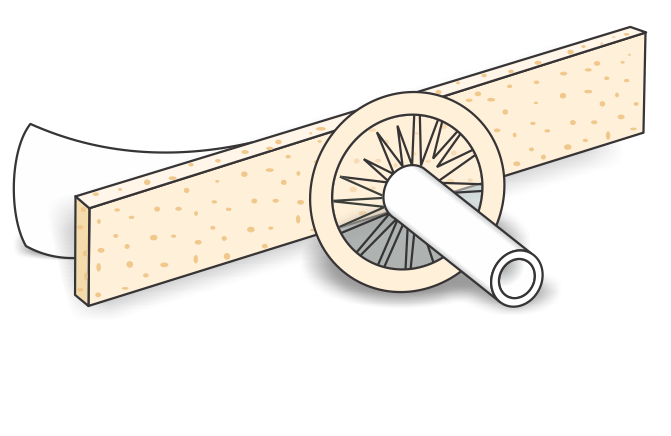

Table 1 compares ICUs from one academic medical center to national benchmark CLABSI rates.In 2003, National Nosocomial Infection Surveillance from the Centers for Disease Control & Prevention reported the number of CLABSIs per 1,000 catheter days based on nationwide intensive care unit (ICU) surveillance.Associated with prolonged hospitalization (mean of 7 days) and increase in medical costs >$28,000.Associated with mortality rates of 10 percent to 20 percent.400,000 CLABSIs occur each year in the United States.90 percent of all blood stream infections are associated with C-VADs.Since implementing this orientation, that center's central line-associated related blood stream infection (CLABSI) rates have decreased below the national average.Education in another center achieved a 28 percent relative reduction in central line infections and saved $800,000.Why Do I Need to Complete This Orientation? (cont.) Mandatory course to achieve standardization of infection control practices during central vascular access device (C-VAD) insertion.Education of health care workers decreases healthcare-associated infections.Vascular access device-associated infections increase morbidity, mortality, hospital length of stay, and costs.Why Do I Need to Complete This Orientation? Guidelines to Prevent Central Line-Associated Blood Stream Infections Maximal Barrier Precautions Decrease CLABSI Infections Maximal Barriers Required for C-VAD Insertion
#24 CORE TUNNEL CATHETER SKIN#
Evidence Supporting Chlorhexidine Use: Skin Prep-Meta Analysis C-VAD Site Selection: Special Considerations

Five Evidence-Based Steps to Prevent CLABSI National Nosocomial Infection Surveillance Rates Why do I need to complete this orientation? (cont.) Why do I need to complete this orientation?


 0 kommentar(er)
0 kommentar(er)
